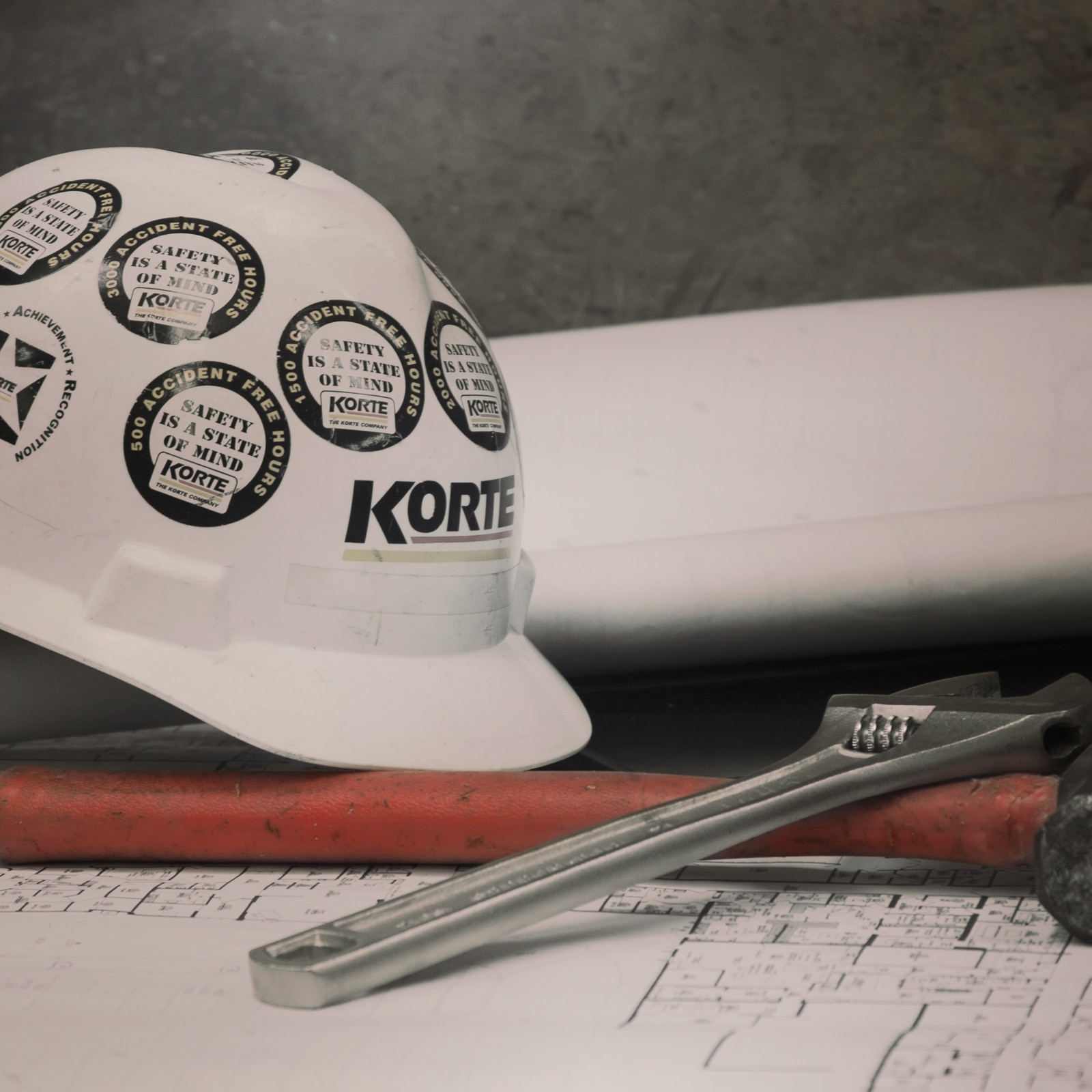It’s a common conundrum for owners and facility managers: We need to expand or renovate our space, but we can’t shut down operations.
It often seems impossible to accomplish both sides of that coin, and leaders can quickly find themselves in a state of paralysis by analysis.
But it can be done. In fact, we’ve pulled it off numerous times. We’ve learned that success on these types of jobs lies at the intersection of communication and choreography.
The case for keeping things moving
Before we dig into the details of how to keep a facility running during an expansion or renovation, it’s important to discuss why it’s a good idea to complete a construction project this way.
First, an owner may have no other choice. For organizations who lack the luxury of a construction-ready greenfield site, completing a project while work remains ongoing might be the only option.
Second, staying in operation means you can keep projects moving. You won’t be totally free of interruptions, but you can at least keep the wheels turning. That continuity benefits those you serve, be they students, patients or customers.
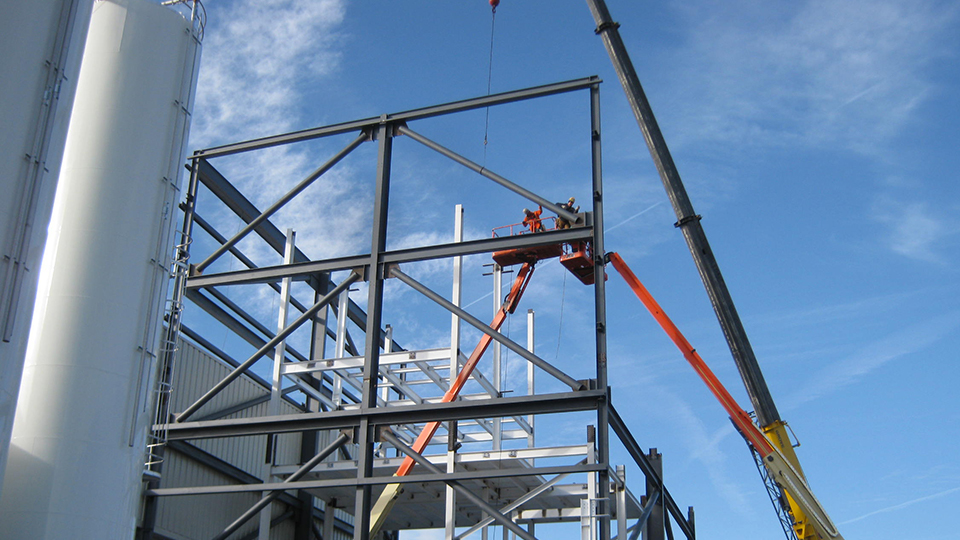
Finally, staying in operation means staying in position to accomplish your organization’s goals. Schools keep educating kids. Hospitals keep healing the sick and injured. Factories keep turning out widgets. It’s an attractive option for for-profit organizations who must keep generating revenue during a time of significant expense. The same is true for non-profit or educational entities who want to stay focused on their core mission no matter what.
Coexistence during construction
A detailed plan with strict rules must be put in place to ensure construction work can carry on with minimal interference with regular business. There are tradeoffs here. Some plans make more sense than others depending on the site and circumstances, but no plan will be perfect.
If an owner has portable equipment and enough space to shuffle people and their work around, renovation or expansion can proceed in phases during normal business hours provided work areas are safely sealed off. A benefit of doing it this way is that it’s easier for contractors to supply workers during normal business hours. Plus, an owner can maximize his or her time by keeping eyes on construction and normal operations within a day’s work. However, playing musical chairs with your employees and equipment can be frustrating and may impact productivity.
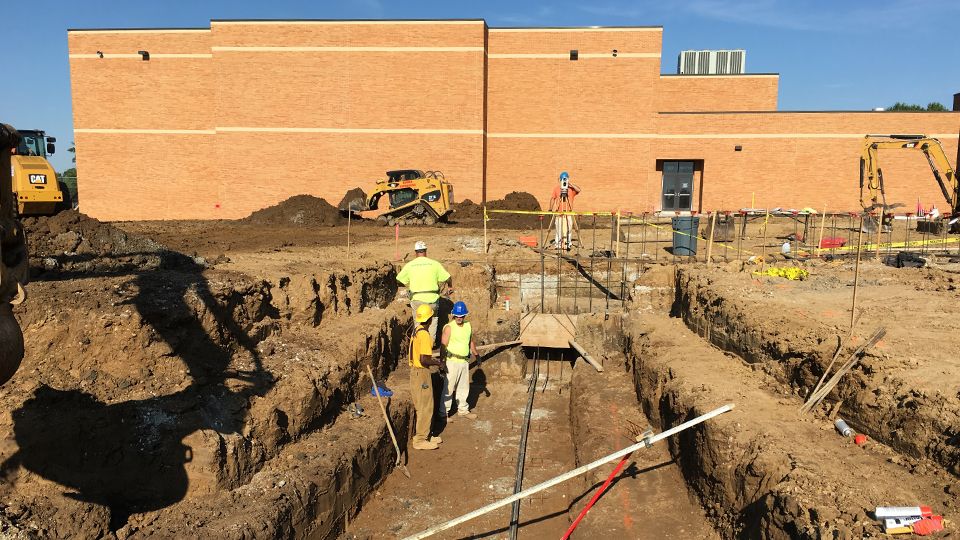
If people and equipment cannot be moved, or the normal activities inside a building are sensitive enough to preclude daytime construction, overnight and weekend work is necessary. The benefit to users is that normal business can occur without disruption aside from some areas being sealed off. It also makes it easier for construction crews since they can do their work without having to dodge employees or patrons. However, it’s harder —and sometimes more expensive— to supply an adequate workforce on these jobs.
Coexistence takes many forms, but flexibility and constant communication are paramount. It’s a two-way street, and it works best when ground rules and thoughtful plans are made from the start and followed to a ‘T.’
We’ve done this before
This isn’t just talk. The Korte Company has delivered many renovations and expansions on sites where normal work was ongoing. Here are some examples:
Mooresville High School – This renovation and expansion included widening a 60-year-old high school’s narrow hallways, expanding classrooms, streamlining its foot traffic patterns by constructing a new concourse and adding new administrative space for a growing student body. It all had to be done on a strict budget and firm deadline that included working while class was in session.
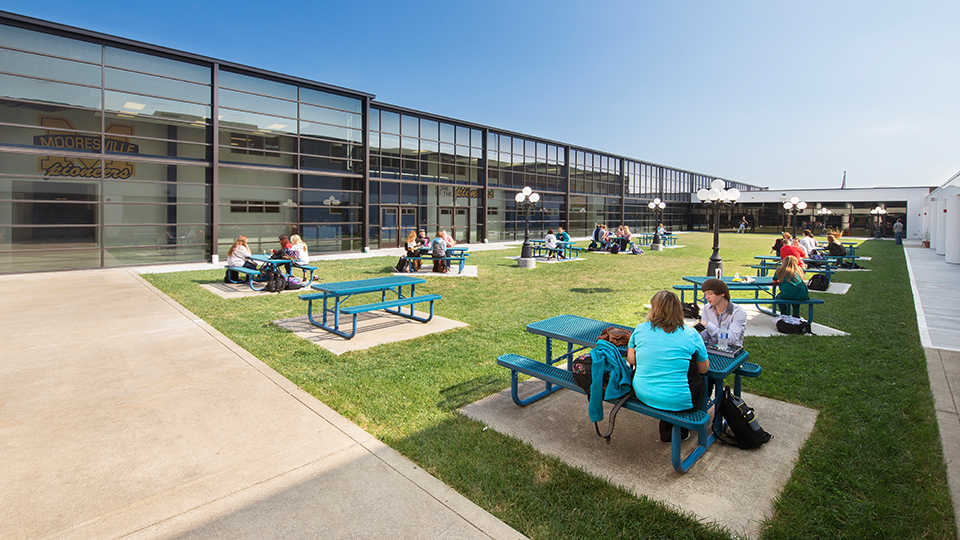
Alton Memorial Hospital – An ongoing project near St. Louis, the bulk of the work on this 41,166-square-foot expansion to the hospital’s Medical Office Building B takes place on nights and weekends. On a hospital job where patients take priority, the site needs to be as clean, quiet and decluttered as possible. Anything less could lead to poor health outcomes. That’s why we don’t get started until patients and staff leave. Workers’ movements are restricted—there are actual red lines on-site they cannot cross. And, when the night’s work is done, we join hospital maintenance crews to clean up after ourselves. The next morning, it’s like we were never there.
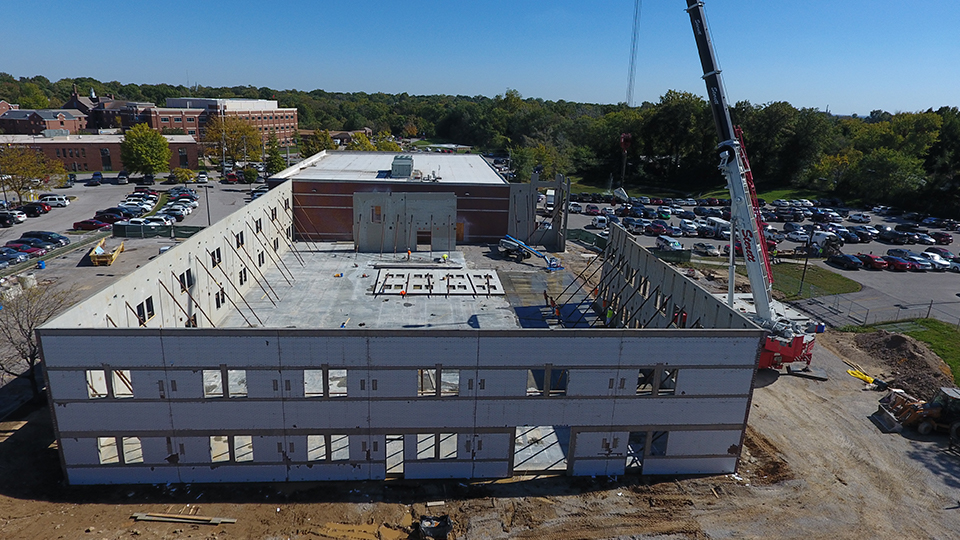
Spartan Light Metal Products – We recently completed a 92,000-square-foot expansion to this family-owned manufacturing firm. The new structure sits just across a narrow street from the existing factory space on land once home to a parking lot. Crews demolished part of a side street and relocated that parking lot to make room for the structure. Plus, space to store equipment and supplies was limited. Crews had to work within a confined footprint as the jobsite was nestled within city limits of the small town of Sparta, IL.
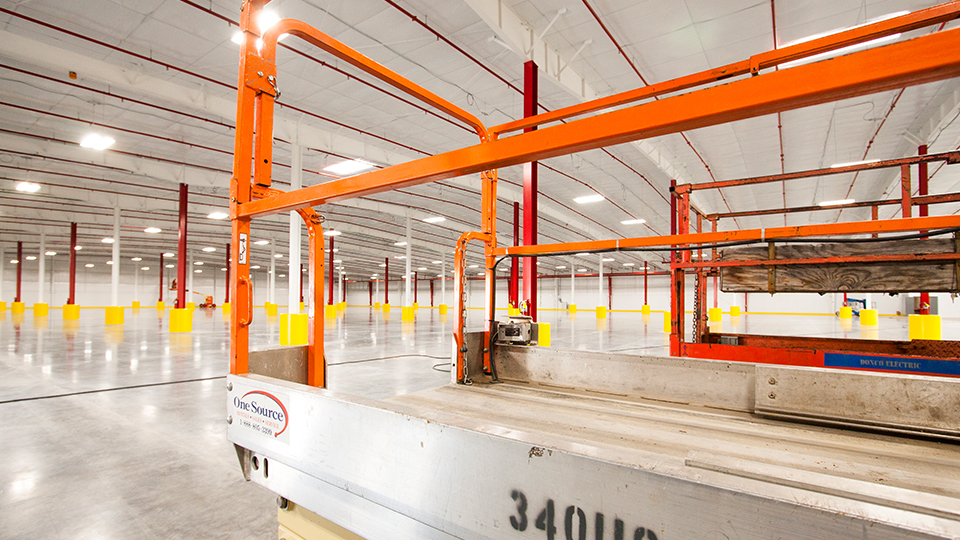
Koller Enterprises – This combination renovation and expansion in Fenton, MO included replacement of a wood structure with modern materials, elimination of differential floor heights and expansion of the facility by 50,000 square feet using tilt-up concrete as the primary structural system. We did it while keeping the entire facility —including the manufacturing floor and shipping and receiving bays— fully operational.
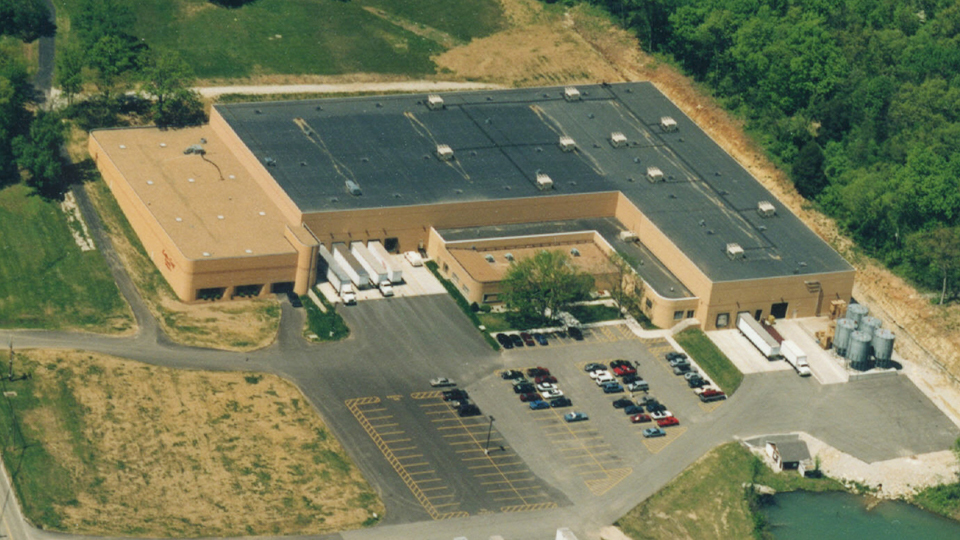
Ask your contractor
Choosing a construction company to manage expansions or renovations while a facility stays running is not to be taken lightly. All companies can promise the world, but are they really up to the task? Ask firms on your short list these questions:
- Have you done jobs like this before? Show me examples.
- How deep is your network of subcontractors in this region? Can you put together a reliable workforce to meet our scheduling needs?
- Our work can be unpredictable and our customers’ demands must be met. Can you change work plans on short notice and still get the job done on time?
- We may need to expand or renovate again in the future. What can you do during this job to make the next one seamless?
The Korte Company brings skilled Design-Build teams that add value and innovate daily on jobs across the country. We want to talk with you about your next expansion or renovation because we’ve learned a great deal over the years and earned a reputation of delivering on-time, on-budget, every time. Tell us more about your upcoming project here, or fill out the form below.
